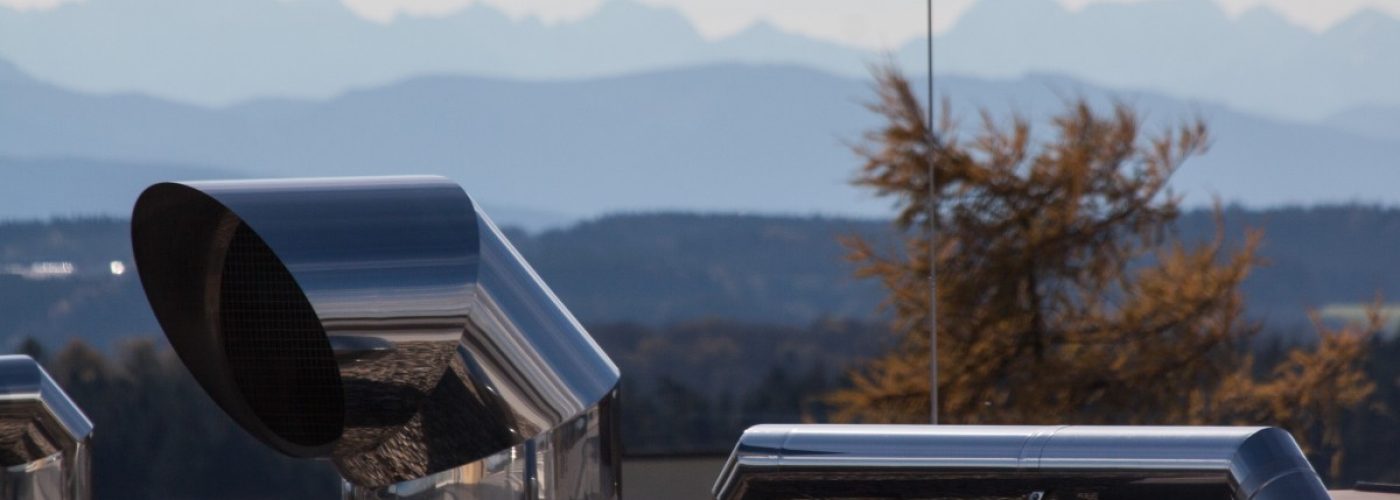FabricAir’s sustainable ventilation solution has a lower carbon footprint than conventional metal ducting, as well as enabling operational energy savings of up to 40%.
In fabric ventilation systems require less energy to produce and transport, while also having a much higher and more precise air distribution due to having a textile-based ventilation rather than the conventional metal ducting. This means that ventilation solutions from FabricAir operate with a lower pressure loss and therefore require less energy to operate. The lower pressure loss can save up to 40% on the power bill.
Meeting the OEKO-TEX 100 requirements, FabricAir’s textiles confirm the company’s commitment to environmentally friendly production methods and materials. The expected lifetime of a fabric duct is long; several of the original installations from the 70s are still being used in slaughterhouses around Denmark.
Moreover, due to the compact nature of the ducts, they take up significantly less space than metal ducts during transport, with calculations showing that FabricAir Dispersion Systems emit 21.3% less CO2 from transport than corresponding ducts in metal.
The additional advantages that come with the usage of FabricAir dispersion technology include even, draft free air dispersion and no condensation issues, which creates the ideal indoor environment. The fabrics do not corrode, which makes this technology especially advantageous in swimming pools and other highly corrosive environments.
Using flow models and permeable fabrics prevents dust and other particles from settling inside and onto the duct, rendering the ducts technically maintenance-free; should there be a need for cleaning, the easy suspension methods ensure quick dismantling and reinstallation, and the ducts can simply be washed in a washing machine.





